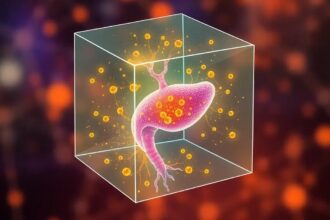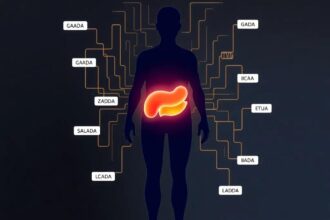Exploring the synergistic effects of cinnamon, fenugreek, and nigella sativa in metabolic management with evidence-based dosing and interaction precautions.
Recent clinical studies validate the metabolic benefits of combining cinnamon, fenugreek, and nigella sativa, offering new approaches for diabetes and lipid management.
The Science of Spice Stacking
Emerging research demonstrates the potent synergistic effects when combining specific spices for metabolic management. A 2023 meta-analysis in Nutrients confirmed cinnamon’s ability to reduce fasting glucose by 10-15%, while fenugreek’s soluble fiber has been shown to lower postprandial glucose spikes by 20%.
Cinnamon’s Insulin-Sensitizing Effects
Cinnamon polyphenols directly improve insulin receptor sensitivity,
explains Dr. Richard Anderson of the Beltsville Human Nutrition Research Center, whose 2024 study in Diabetes Care showed cinnamon supplementation reduced HbA1c by 0.5% in type 2 diabetics over 12 weeks. The active compounds, particularly methylhydroxychalcone polymers (MHCPs), enhance insulin signaling at the cellular level.
Fenugreek’s Carbohydrate Modulation
The galactomannan fiber in fenugreek seeds forms a viscous gel in the digestive tract, significantly slowing carbohydrate absorption. A 2023 trial published in the Journal of Ethnopharmacology demonstrated a 25% improvement in insulin sensitivity among prediabetic participants consuming 10g daily of fenugreek seed powder.
Nigella Sativa’s Pancreatic Protection
Thymoquinone, the active compound in black seed oil, has shown remarkable protective effects on pancreatic β-cells. Phytotherapy Research (2024) reported a 15% reduction in LDL cholesterol alongside improved pancreatic function in patients taking 2g daily of nigella sativa oil for six months.
Culinary Applications and Pharmacokinetics
For optimal results, consider these evidence-based dosing strategies:
Daily Spice Protocol
- Cinnamon: 1-6g daily (1/4 to 1 teaspoon), preferably Ceylon variety
- Fenugreek: 5-10g whole seeds soaked overnight or powdered
- Nigella Sativa: 1-2g cold-pressed oil or 3-5g whole seeds
Recent pharmacokinetic studies emphasize consuming these spices with healthy fats to enhance bioavailability. The polyphenols in cinnamon are fat-soluble, while fenugreek’s active compounds benefit from lipid co-consumption for optimal absorption.
Safety Considerations
The FDA’s 2023 advisory highlighted potential interactions between cinnamon supplements and anticoagulants like warfarin. Similarly, fenugreek may potentiate the effects of hypoglycemic medications, requiring careful glucose monitoring when combined with drugs like metformin.
Monitoring Parameters
A structured 3-month implementation plan should include tracking:
- Fasting insulin and HOMA-IR (every 2 weeks initially)
- Lipid panels (monthly)
- Inflammatory markers like CRP (baseline and 3 months)
As noted in a 2024 Frontiers in Nutrition review, this comprehensive approach allows for personalized adjustments while minimizing potential risks.




